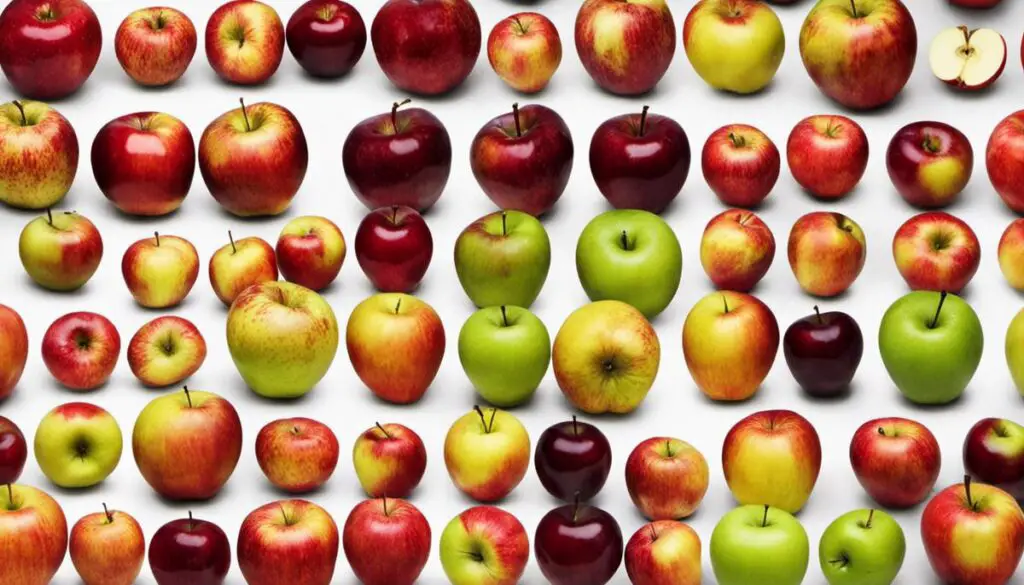Apples, the quintessential fruit, come in a myriad of flavors and consistencies. The choice of a perfect apple depends significantly on its intended use and personal preference, and for those who like a crisp bite, selecting a firm apple becomes a priority. As a consumer, choosing an apple that meets your firmness preference can be a challenging task, given the variety available at stores or farmers markets. This document aims to demystify the process, beginning with an understanding of apple varieties, moving on to visual inspection, progressing to tactile testing, and concluding with a discussion on proper storage and ripening for maintaining firmness.
Understanding Apple Varieties
Understanding the Granny Smith Apple Variety
Granny Smith apples are easily recognized by their vibrant green skins. Originating in Australia, this apple type is famous for its tart and acidic flavor. The Granny Smith’s firmness and high juice content have made it popular for baking and cooking. It’s also a healthy and refreshing snack when eaten raw. Granny Smiths are harvested in the fall and, due to their firm nature, store well for longer periods.
Learning about Red Delicious Apples
Another apple variety is the Red Delicious. Hailed from Madison County, Iowa, they’re recognized by their deep red skin and classic heart shape. Their flesh is crisp and sweet, making them a delightful snack apple. Although the Red Delicious apple tends to be less firm than the Granny Smith, it’s still a favorite among apple eaters who prefer a softer, juicier texture.
Getting to Know the Honeycrisp Apple Variety
The Honeycrisp apple originated from the University of Minnesota and boasts a well-balanced taste, with a unique sweet-tart flavor that’s very refreshing. Its flesh is exceptionally firm and crunchy, making it a satisfying option for those who love a good crispy apple. Additionally, Honeycrisp apples have a longer shelf life and can be stored in the refrigerator for an extended time without losing their crispness or flavor.
Discovering the Northern Spy Apple
The Northern Spy apple variety is yet another firm apple. Originating in East Bloomfield, New York, this apple is high in vitamin C and very popular for making pies due to its balance of sweet and tart flavors. The Northern Spy features a thin skin and crisp flesh that’s both juicy and firm. This late-season apple, available in the winter and holding well into the spring, is a delicious choice for those who prefer a firmer fruit.
Choosing Gala Apples
The Gala apple, a New Zealand native, is crisp, sweet, and very juicy. Its fine-textured flesh is dense and firm, making it a perfect choice for eating raw or cooking. The Gala is among the earliest apples to be harvested and has an incredible shelf life. With a balanced sweetness and just right tartness, it is ideal for salads, baking, and making apple sauces.
These apple varieties are just a few examples of firm apples that can be chosen. While picking apples, make sure to choose ones that feel solid and heavy for their size. A ripe apple will have a strong apple aroma, particularly near the stem. Also, check for holes, bruises or soft spots as those are signs of a bad apple.
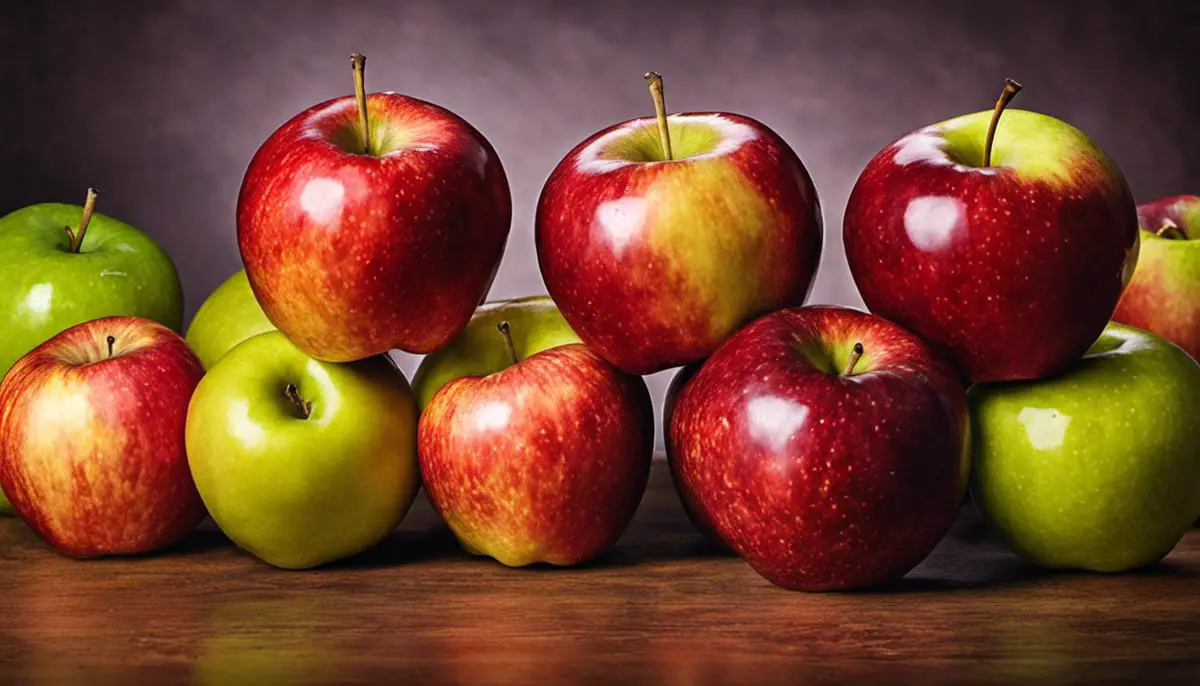
Inspecting Apples Visually
Inspect the Color to Determine Firmness of Apples
The color of an apple can tell you a lot about its freshness and firmness. Ideally, apples should exhibit their typical color. That means, red for Red Delicious, green for Granny Smiths, a mixture of red, yellow, and green for Honeycrisp, and so on. Apples that show vibrant and consistent color throughout are generally firm, crisp, and fresh. Browning or yellowing could indicate that the apple is starting to soften or has been exposed to excessive heat or light.
Look Out for Blemishes or Spots
An abundance of dark spots, blemishes, cuts, or bruises typically indicate the apple is aging and losing firmness. Blemishes often happen when apples collide with each other or against hard surfaces, but they may also occur due to disease or insect infestation. Moreover, breaks in the skin can speed up decay as they allow air to penetrate into the apple, encouraging it to soften.
Study the Overall Surface
As another visual clue, the texture of an apple’s skin can be a telltale sign of whether it’s firm or not. You must look for apples with smooth and shiny skin. A rough, wrinkled, or shriveled skin usually means the apple has lost moisture and has become soft. Visible insect holes or a powdery coating should also be avoided as such features mark an infested or overripe apple.
Check the Apple’s Bottom, aka the Calyx
One part of the apple often overlooked is the bottom, or calyx. This is where the flower once was and in a fresh, firm apple, it should be intact and tight. If the calyx is opened or has started to split apart, the apple is likely overripe or not firm.
These are all elements that can be checked at a glance. However, do note visual examination can only reveal so much about an apple’s firmness. Pairing a visual check with a gentle squeeze test is the best method to assure the highest chance of selecting a firm apple.
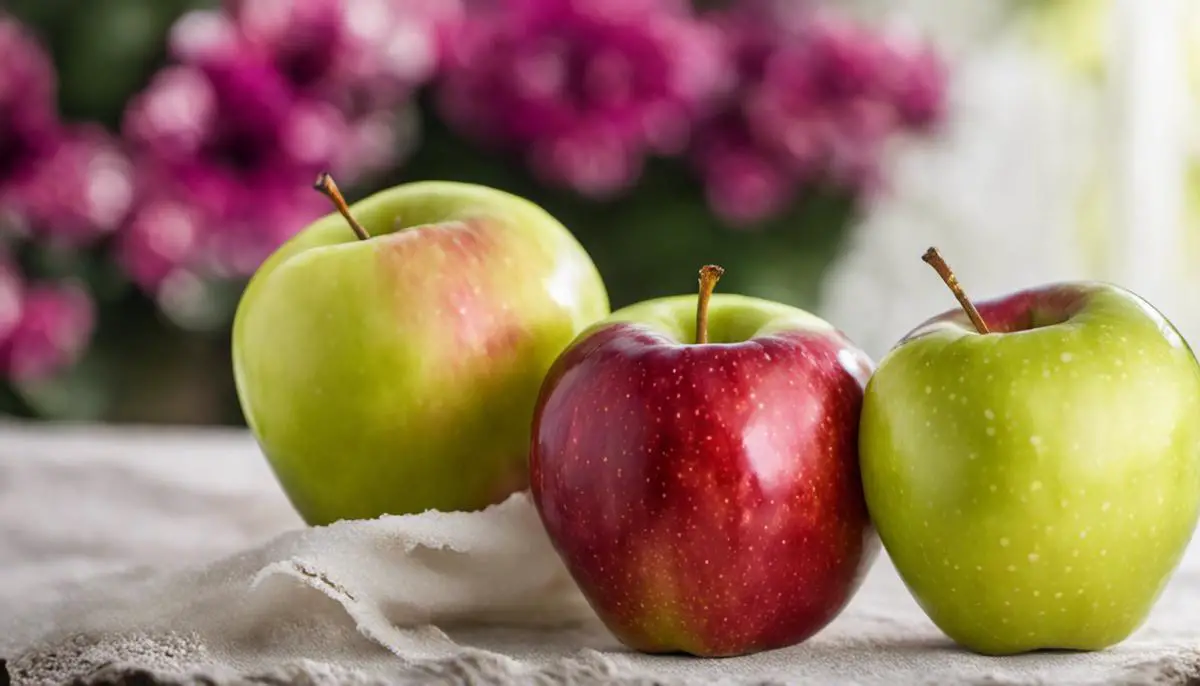
Feeling and Tapping the Apple
Feeling the Apple
To start, pick up one apple at a time, holding it in your hand. Pay close attention to the weight of the apple. Firm apples are usually heavier for their size. This signifies an apple full of juice indicating freshness.
Move on to lightly squeeze the apple. A firm apple should feel solid and not give too much under pressure. Do not squeeze too hard as this will bruise the apple. Rather, apply a gentle pressure. If the apple feels hard in your hand without any real give, you know it is still unripe. However, if it’s too soft and easy to press, the apple may be overripe.
A good test to distinguish between a ripe and unripe apple is to hold it in the palm of your hand and try to dent it with your thumb. If it dents in easily, the apple is ripe, but if it’s firm and resists the dent, it may still be unripe.
Tapping the Apple
After the feeling process, proceed to gently tap on the apple. Hold it close to your ear while you tap. Listen for a hollow or dull sound. In general, a ripe apple will have a hollow sound, which is indicative of its readiness for consumption. A higher pitched, solid sounding tap often suggests that the apple isn’t quite ripe yet.
Keep in mind that the tapping technique is less reliable than feeling the apple, as it can be hard to distinguish the sounds, and different varieties of apples may yield different sounds. Therefore, the tapping method should only be used as a supplement for the feeling method when selecting firm apples.
Through careful application of these feeling and tapping techniques, you can ensure the firmness and freshness of your chosen apples.
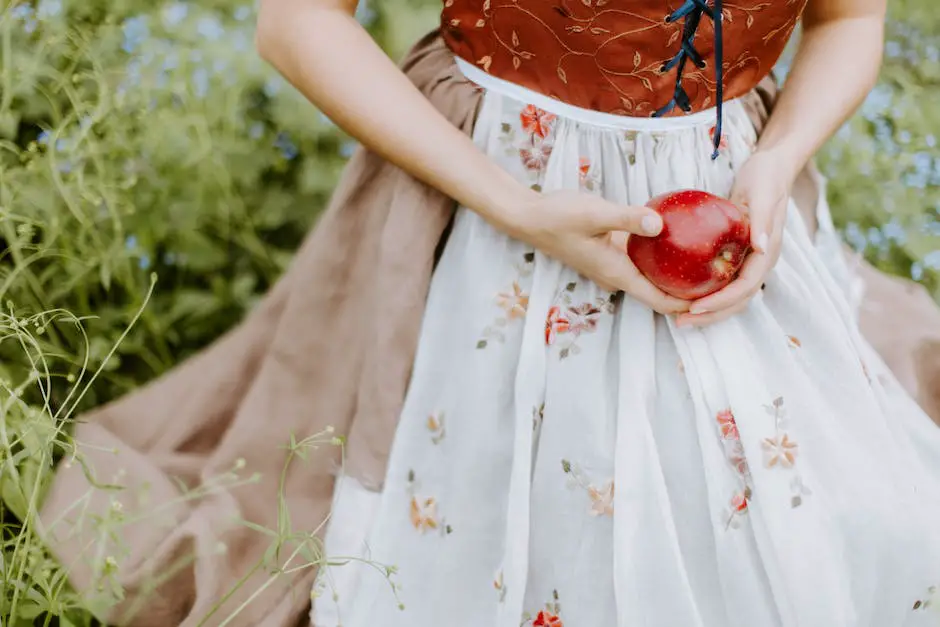
Storage and Ripening
Understanding Apple Ripening
Apples, like many fruits, continue to ripen after being harvested. This ripening process is initiated by a naturally occurring hormone in the apple called ethylene, which prompts changes in color, texture, and flavor. As ethylene is released, the fruit’s starches transform into sugars, causing it to soften and sweeten. An apple may feel firm at the store but could soften quickly if not stored correctly.
How to Slow Down Apple Ripening
If you prefer firm apples, there are ways to slow down the ripening process. Keeping your apples cold slows the release of ethylene and therefore keeps your apples firmer for longer. The optimal storage temperature for apples is between 30 and 35 degrees Fahrenheit (about 1 to 2 degrees Celsius). Storing your apples in the refrigerator crisper drawer is an easy way to achieve this temperature range.
It’s also helpful to keep apples separate from other produce. Many fruits and vegetables release ethylene gas, which can speed up the ripening process of nearby apples. By keeping your apples isolated, you limit their exposure to additional ethylene.
Proper Apple Storage Tips
When it comes to storing your apples properly, remember that while refrigeration slows ripening, it doesn’t stop it completely. Be sure to check your apples periodically for any signs of spoilage and remove any that are overripe to prevent them from speeding up the ripening of the remaining apples.
Apples should also be stored in a humidity-controlled environment. The vegetable crisper drawer in your refrigerator is an ideal spot because it is designed to hold in moisture, helping keep your apples fresh. You can also place your apples in a plastic bag with holes to allow for airflow, further helping to maintain the right humidity levels.
Apples are delicate fruits and can bruise easily, so handle them gently. Bruised areas on an apple ripen faster than undamaged parts, so be sure to eat any bruised apples first to avoid waste.
By understanding how apples ripen and by following these storage tips, you can enjoy firm, crisp apples for longer.
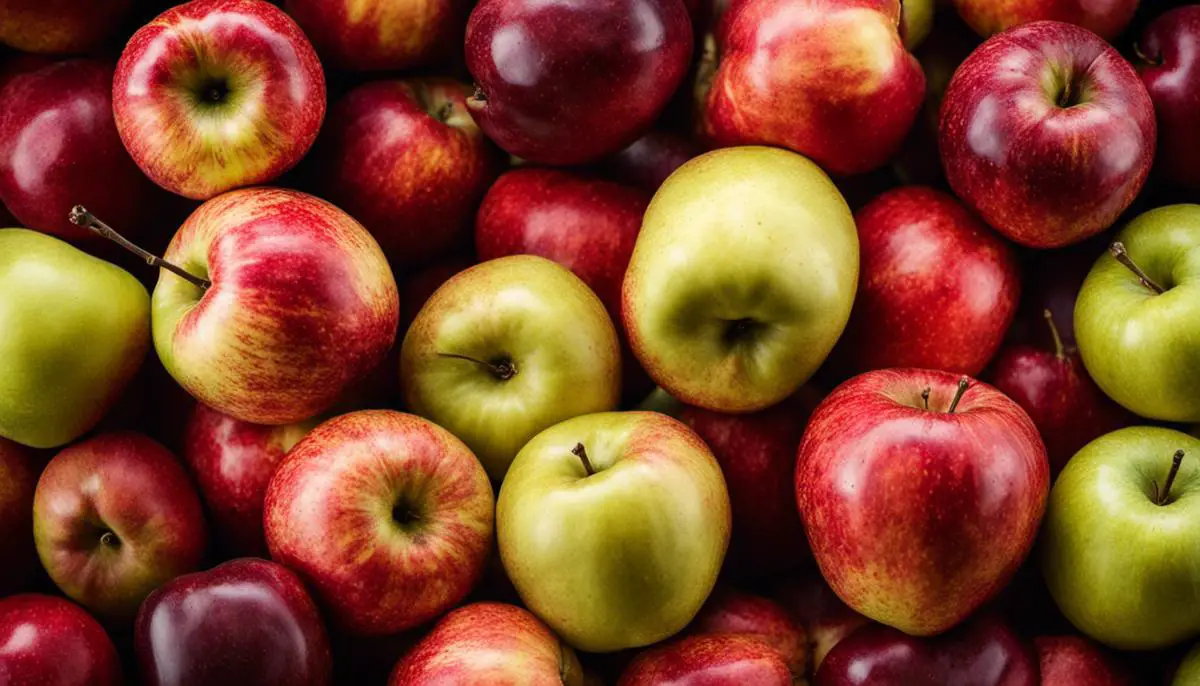
Understanding the diverse world of apples can significantly enhance your overall eating experience. Identifying the apple variety that matches your firmness taste, knowing how to visually inspect it, learning the art of feeling and tapping for firmness, and applying the right storage and ripening principles can ensure you get to enjoy an impeccably crisp apple every time. So the next time you stand in front of a heap of fresh apples at your local grocery store, remember these nuggets of wisdom, and feel empowered to make an informed choice. Here’s to crunchy apples and healthier eating habits!
